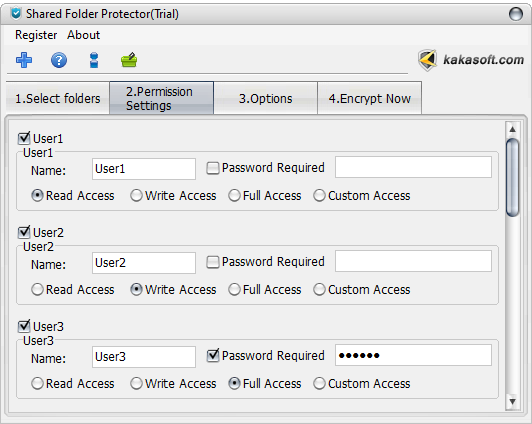

- #Windows 10 five a folder readwrite permissions how to#
- #Windows 10 five a folder readwrite permissions install#
For example: drwxr-xr-x A folder which has read, write and execute permissions for the owner, but only read and execute permissions for the group and for other users. If any of these letters is replaced with a hyphen (-), it means that permission is not granted. There is also a “d” attribute on the left, which tells us if this is a file or a directory (folder). (Note that these are often called attributes by FTP programs.) Let’s explain what each of these letters means: dĪs you can see, the string of letters breaks down into 3 sections of 3 letters each, representing each of the types of users (the owner, members of the group, and everyone else). This string of letters, drwxrwxrwx, represents the permissions that are set for this folder. When you FTP to your web server, you’ll probably see something like this next to every file and folder: We’ll now explain what all these hieroglyphics mean! Also, when you use FTP or SSH, you’ll see lots of funny letters next to the files (such as rwxrw-rw-). CGI scripts will tell you to do things like “chmod 755” or “Check that the file is executable”. The confusion often occurs when you have to start actually setting permissions on your file server. As you can see, there’s not much to them really! That’s the basics of permissions covered. What do all these funny letters and numbers mean?! For folders, this means accessing files in the folder.

There are three basic things that can be done to files or folders: In UNIX, these 3 types of people are referred to using the letters U (for Owner, or User in UNIX-speak!), G (for Group), and O (for Others). There are three types of people that can do stuff to files – the Owner of the file, anyone in the Group that the file belongs to, and Others (everyone else). If you created the file, then you are usually the owner of that file, and your group, or the group associated with the folder you created the file in, will usually be associated with that file. Every file (and folder) also has an “owner” and a “group” associated with it. On a UNIX web server, every single file and folder stored on the hard drive has a set of permissions associated with it, which says who is allowed to do what with the file.
#Windows 10 five a folder readwrite permissions how to#
In this tutorial, I’m going to explain the concept of permissions, and show you how to set permissions using your FTP program or via SSH.
#Windows 10 five a folder readwrite permissions install#
You need to set the correct permissions on CGI scripts when you install them, to stop those dreaded “500 Server Error” messages. One of the hardest things for the beginner webmaster to get to grips with is how to use chmod correctly to set permissions on files on UNIX and Linux web servers.


 0 kommentar(er)
0 kommentar(er)
